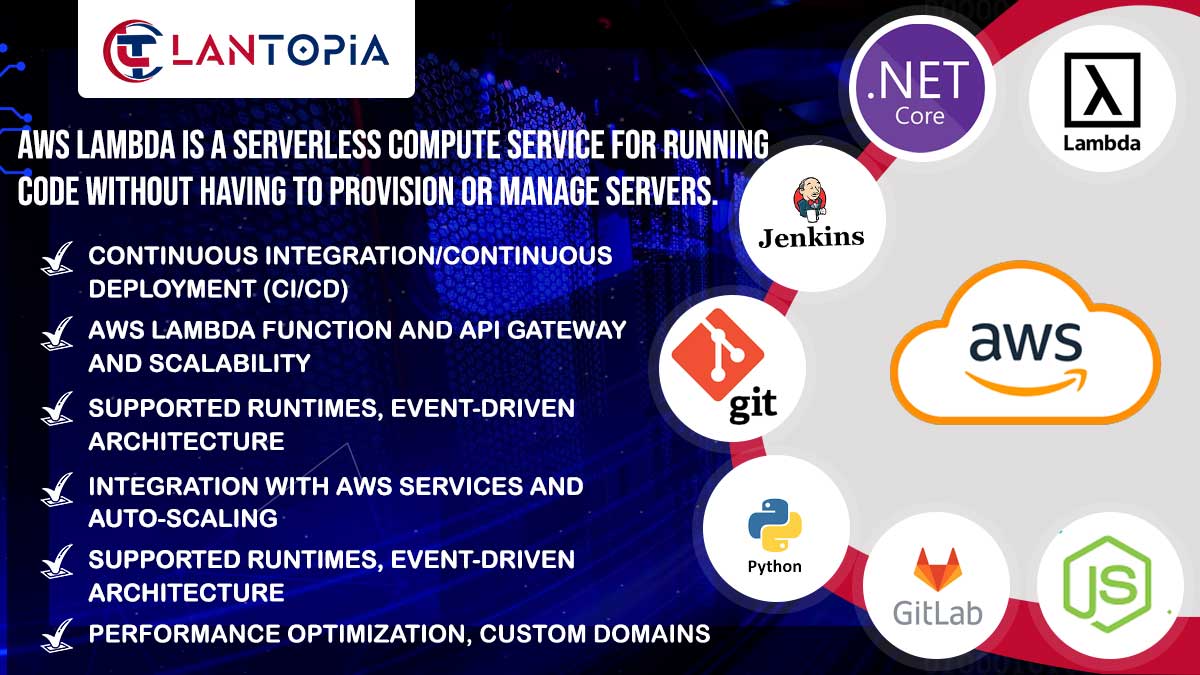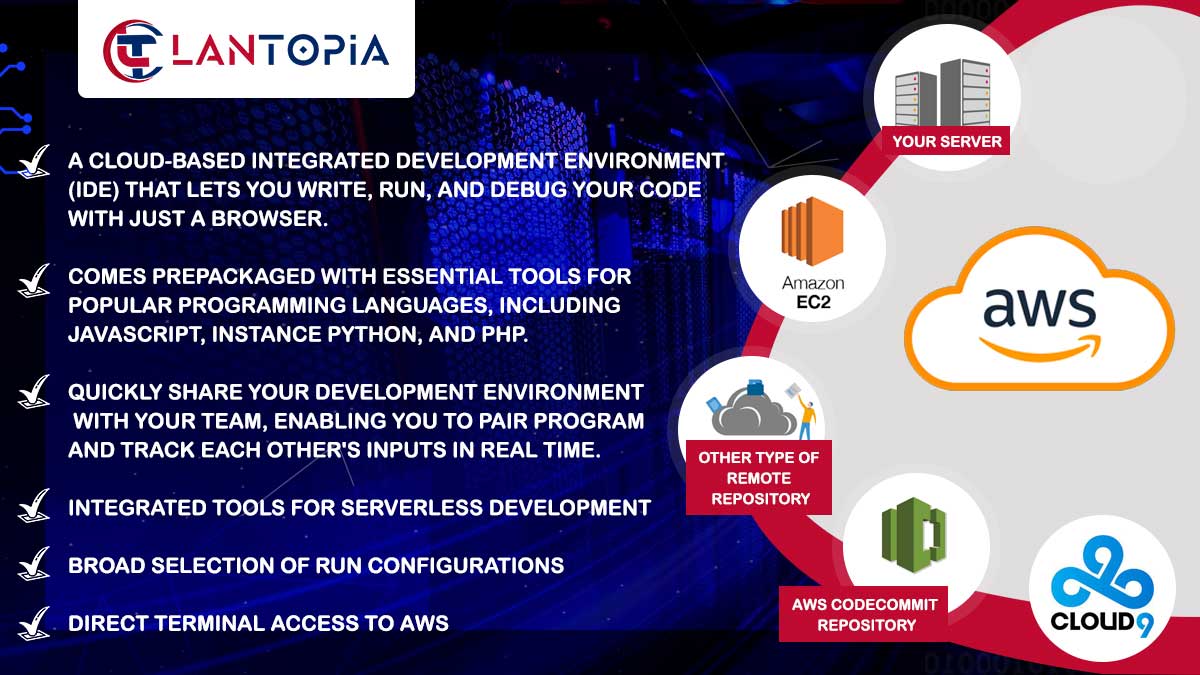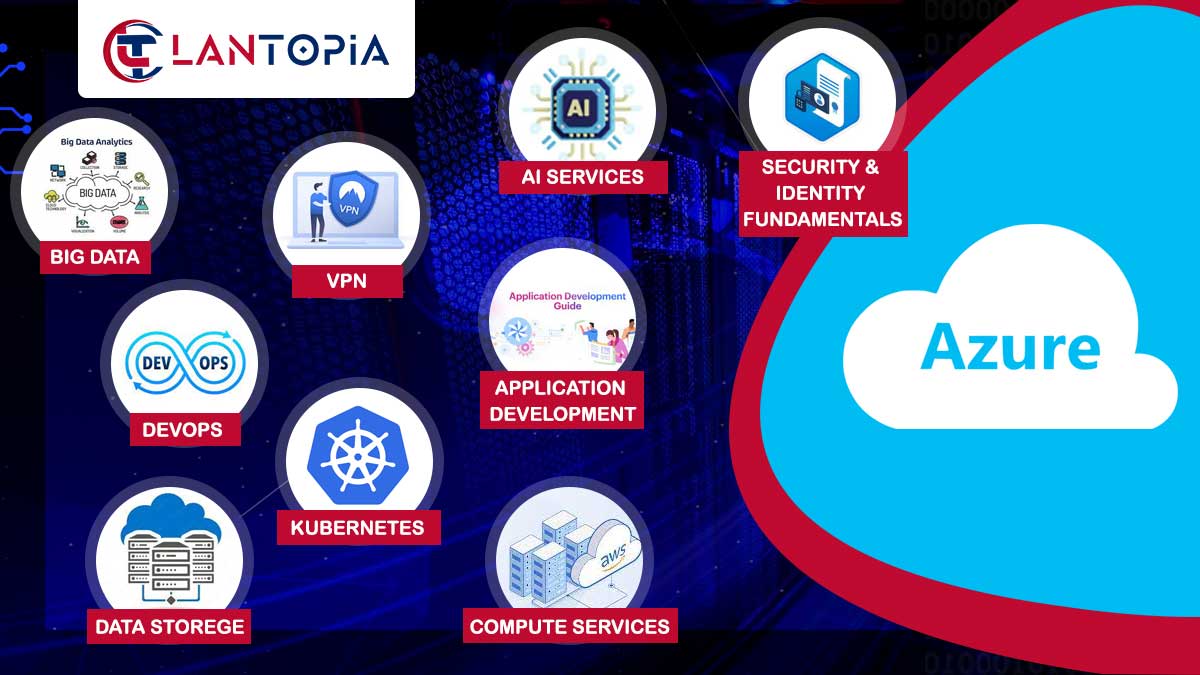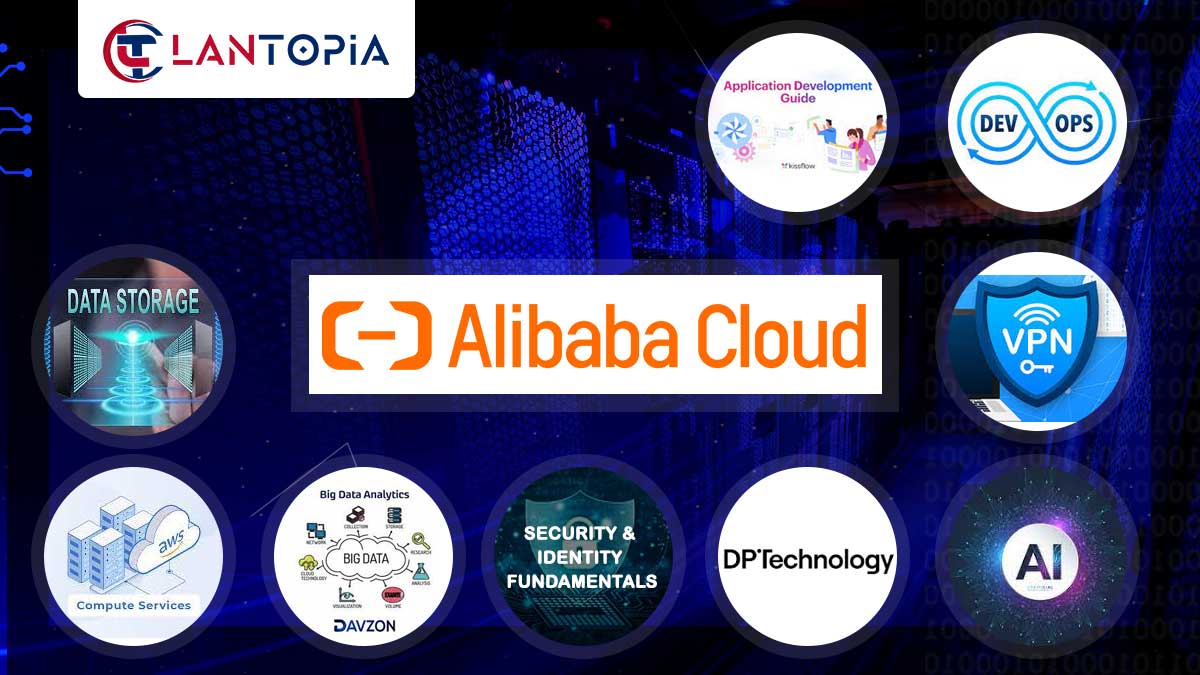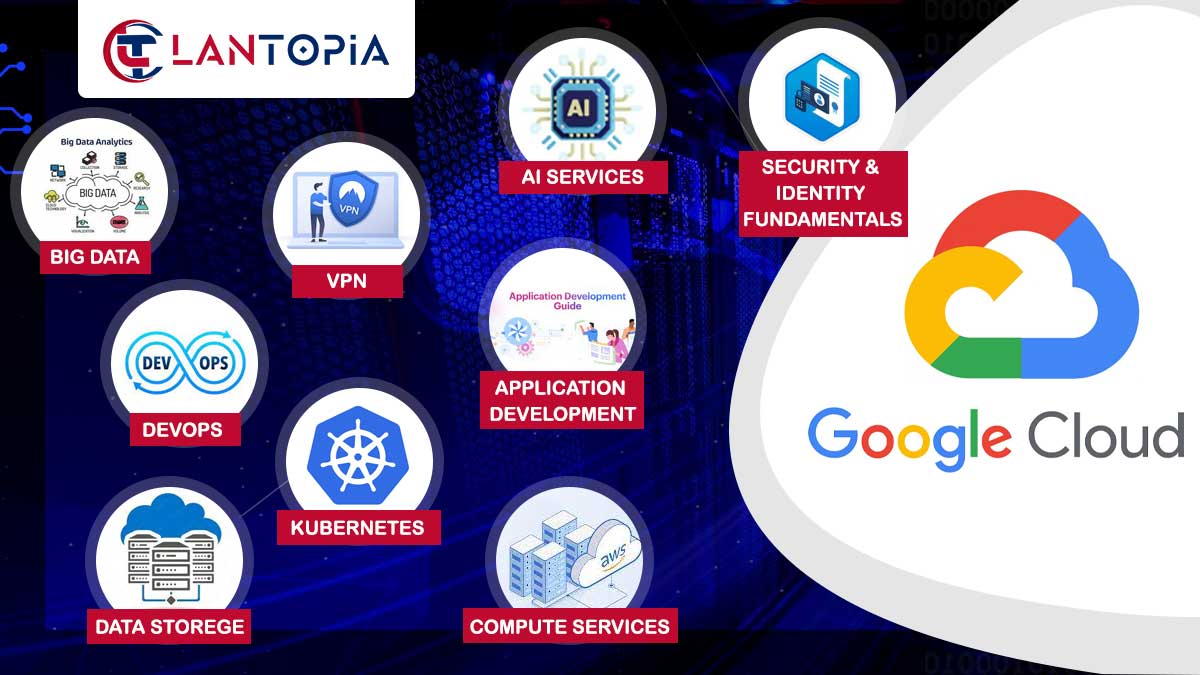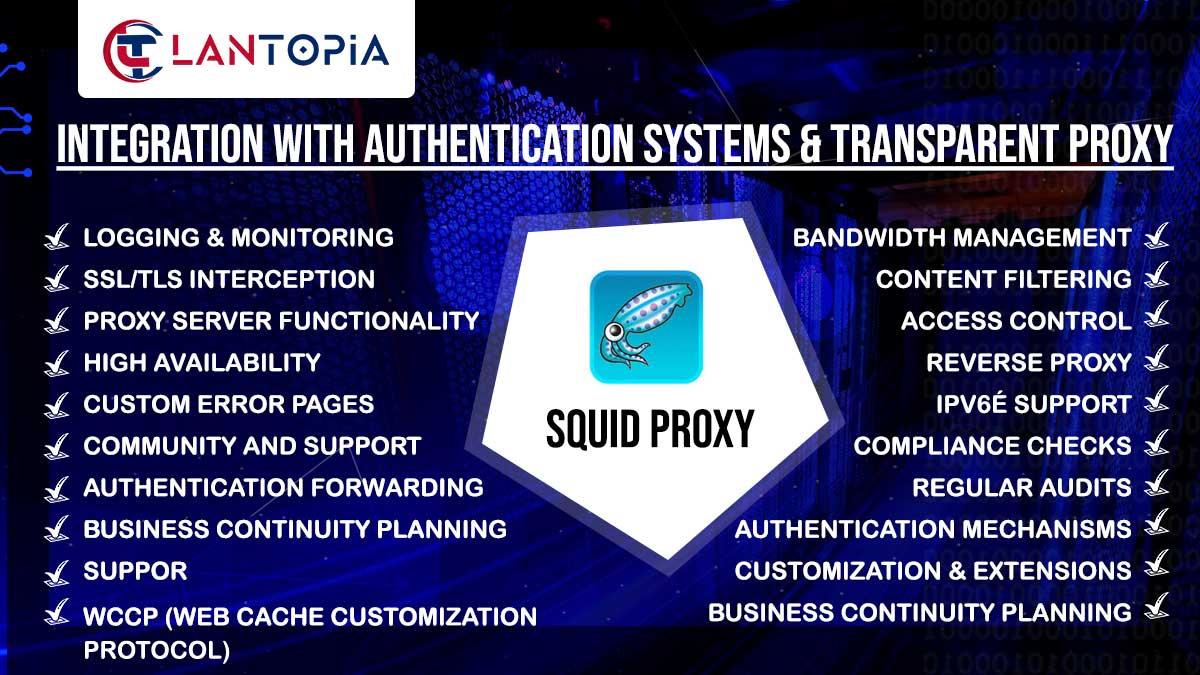- Continuous Integration/Continuous Deployment (CI/CD) and Auto-Scaling
- Supported Runtimes, Event-Driven Architecture and Cost-Efficiency
- Integration with AWS Services and Microservices Architecture
- Performance Optimization, Custom Domains and Scalability
Adopting AWS Lambda and serverless computing can provide businesses with the benefits of scalability, cost efficiency, and streamlined growth. By leveraging a serverless model, organizations can focus on building and deploying modern applications without the complexities of managing traditional infrastructure.
What can you expect to pay? We believe in being up-front with our prices as we respect our customers.
- Remote services are billed at $50/hr
- On-site services are $100/hr with a travel fee of $100 per visit
- A monthly retainer starts from $500 which accounts for 15 remote hours of support. This adds 50% bonus support hours for free and is the most economical and preferred by our customers.
What can you expect to get?
Dedicated IT professional with deep knowledge of the technologies needed to help your business. Recommendations on best practices. Fast turnaround and highest quality work with a proven track record.
We guarantee satisfaction or your money back.
- Scalability
- Automatically scale functions based on demand
- Pay only for the compute time used during the execution of functions
Cost-Efficiency - Benefit from a cost-efficient model with granular pricing
- Avoid the costs associated with idle server capacity
Event-Driven Architecture - Leverage an event-driven architecture for triggering functions
- Integrate with various AWS services to respond to events
Supported Runtimes - Choose from a variety of supported runtimes (Node.js, Python, Java, etc.)
- Develop functions using the programming language of choice
Microservices Architecture - Implement microservices architecture by breaking down applications into smaller, independent functions
- Foster modularity and flexibility in application development
Rapid Deployment - Enable rapid deployment of functions without managing the underlying infrastructure.
- Focus on code development and innovation.
Auto-Scaling - Automatically scale functions in response to incoming events
- Ensure high availability and optimal performance during varying workloads
Integration with AWS Services - Integrate seamlessly with other AWS services like S3, DynamoDB, API Gateway, etc
- Build comprehensive serverless applications using a variety of services
Cold Start Mitigation - Implement strategies to mitigate cold start delays
- Optimize functions for faster initialization during cold starts
Serverless Framework: Utilize the Serverless Framework for managing and deploying serverless applications. Simplify the development and deployment workflow.
Resource Configuration: Configure the amount of memory and execution time allocated to functions. Optimize resource settings for performance and cost.
Monitoring and Logging: Use AWS CloudWatch for monitoring and logging function execution.Set up alerts and dashboards to track performance and errors.
Security Best Practices: Implement security best practices for serverless applications. Control access permissions using AWS Identity and Access Management (IAM).
Continuous Integration/Continuous Deployment (CI/CD): Implement CI/CD pipelines for automated testing and deployment. Ensure rapid and reliable delivery of serverless applications.
Statelessness: Design functions to be stateless, relying on external services for persistent storage. Leverage AWS services like DynamoDB for stateful requirements.
Hybrid Architectures: Combine serverless functions with traditional infrastructure for hybrid architectures. Integrate serverless components with existing systems.

